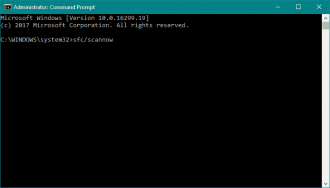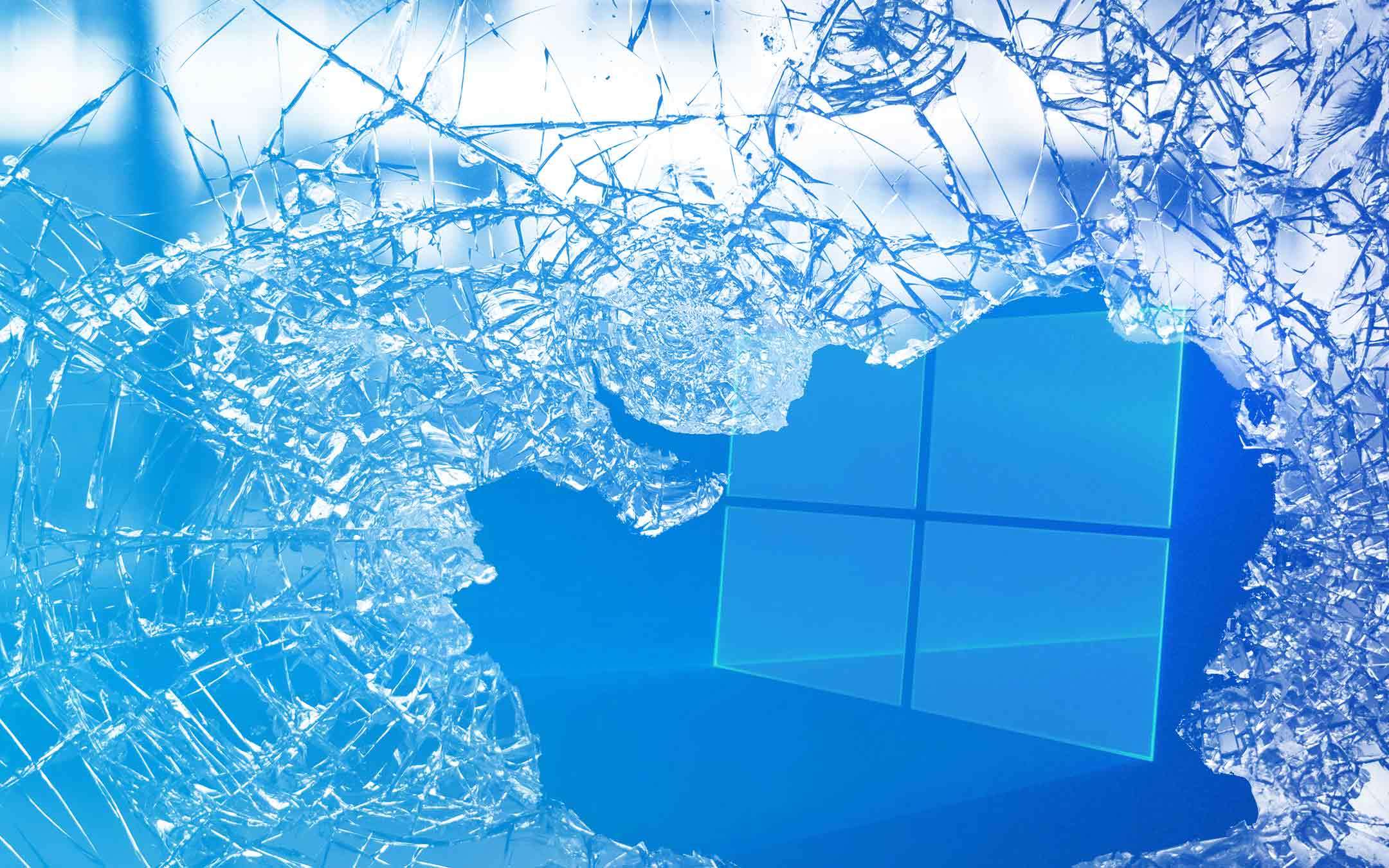

Navigate through registry - HKLM\CDRIVESYSTEM\CurrentControlSet\Control\SESSION MANAGER\MEMORY MANAGEMENT\VerifyDrivers.Navigate to your OS Drive, then open \Windows\System32\Config\SYSTEM (no file extension), give the hive a temporary name (e.g.Select HKEY LOCAL MACHINE and then hit File : Load Hive.

If you see the disk that matches your OS drive, then you can simply open regedit from the command prompt. Once there, type diskpart and then list disk when the diskpart prompt appears. To check this, try opening the recovery command prompt. If you can't see Startup Options in your recovery mode, your Recovery partition might not be able to see your SSD drive. A bit of more generic info to help those who don't know how to access a non-default registry hive and/or may not see their drive in recovery mode (like my PCIe SSD, for example) I set compatibility mode on my driver install package and am running as administratorĪfter every install attempt the BSOD screen appears with the driver verifier error message. In cmd.exe I ran "verifier" to open the driver verifier manager I tried to disable any video drivers in use under device manager, but there are no video drivers installed at all. I then hit F7 to disable driver signature verificationĮnabled the option for code signed drivers I have spent the last few days researching and trying every variation of the following strategies I would like to completely disable the verifier program, but so far I can't. I am trying to install an old video driver. This is causing constant BSOD errors - all showing "Driver Verifier IOManger Violation" I am trying to disable the Windows 10 driver signature verifier.


 0 kommentar(er)
0 kommentar(er)
